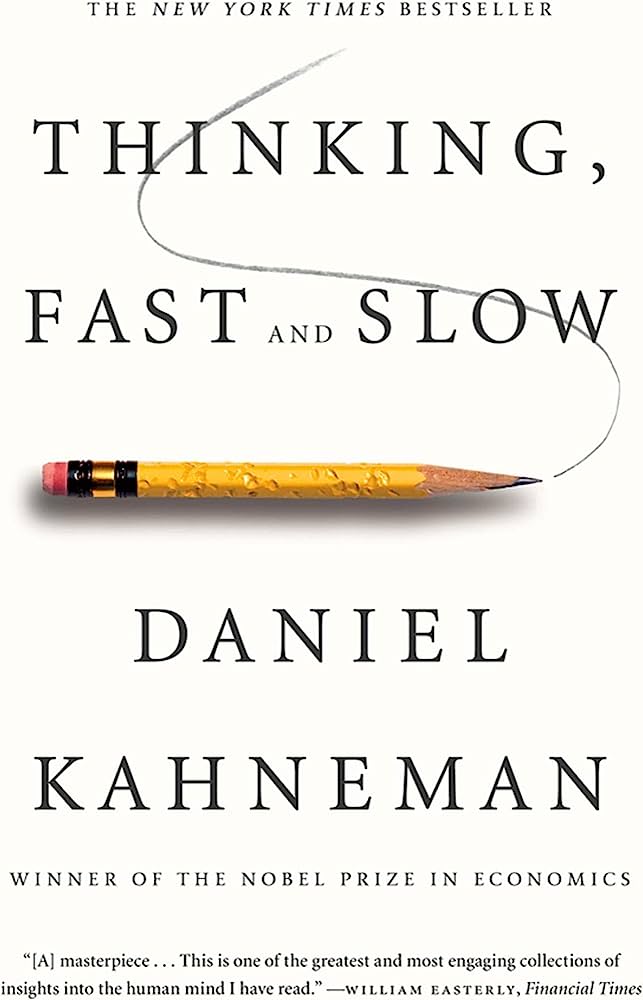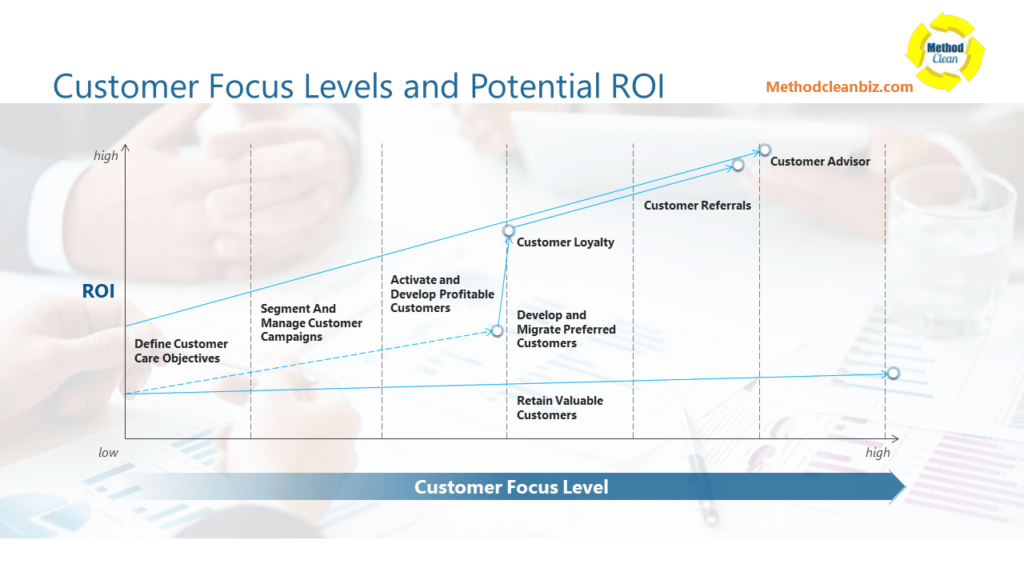Improve User Experience Using Behavioral Economics
Daniel Kahneman, a Nobel laureate in economics, revolutionized the understanding of human decision-making through his groundbreaking work on cognitive psychology. In his seminal book, “Thinking, Fast and Slow,” Kahneman introduces the concepts of System 1 and System 2 thinking. System 1 operates automatically, relying on intuition and quick judgments, while System 2 is more deliberate and analytical, involving conscious thought and effort.
In the context of designing a cleaning services website, leveraging these two systems strategically can significantly enhance the user experience. Let’s explore how applying System 1 and System 2 thinking can tailor the website to the needs of different target audiences, specifically the general public and the upper-middle-class/affluent clientele.
System 1 for Cleaning Services Targeting General Public: Simplifying Decision-Making
When targeting the general public, simplicity is key. The average consumer often makes decisions based on intuition and prefers a hassle-free experience. Applying System 1 thinking to the design of the cleaning services website involves streamlining the decision-making process.
User-Friendly Interface: The website should feature a clean and straightforward interface, making it easy for users to navigate. A prominently placed booking button and clear service categories (e.g., basic cleaning, deep cleaning) allow visitors to make quick decisions without feeling overwhelmed.
Clear and Concise Language: Use language that resonates with the general public. Describe services in a straightforward manner, emphasizing key benefits like affordability, reliability, and convenience. Avoid jargon and technical details that might hinder quick comprehension.
Visual Appeal: Integrate visuals that evoke cleanliness and simplicity. High-quality images of tidy homes and smiling families create a positive association, fostering a sense of trust. Icons and symbols can be utilized to represent different services, aiding in quick comprehension.
Limited Choices: To prevent decision fatigue, offer a limited set of cleaning packages. Presenting users with too many options can lead to indecision. Keep pricing transparent and showcase the value of each package succinctly.
System 2 for Cleaning Services Targeting Upper Middle Class/Affluent: Minimizing Cognitive Load
In contrast, the upper middle class and affluent clientele often seek a more refined and detailed service. Applying System 2 thinking to the website design involves providing comprehensive information and options tailored to a discerning audience.
Detailed Information: Cater to the analytical nature of System 2 by providing detailed information on various cleaning packages. Include specifics on the services offered in each tier, the cleaning process, and the use of premium products. Transparency is key in appealing to this demographic.
Customization Options: Acknowledge the preference for customization by allowing users to personalize their cleaning service. Break down the process into distinct steps, enabling clients to choose specific services that align with their unique needs. This tailored approach caters to the discerning taste of an affluent audience.
Luxury Service Descriptions: Use sophisticated language to communicate the exclusivity and premium nature of the services. Highlight advanced cleaning techniques, eco-friendly products, and any additional luxury offerings. This approach appeals to the desire for a high-end and meticulous cleaning service.
User Accounts for Personalization: Implement a user account system that allows clients to maintain a personalized service history, preferences, and scheduling options. This level of personalization enhances the overall customer experience for an affluent clientele who appreciate tailored services.
Striking the Right Balance:
While System 1 and System 2 thinking cater to different cognitive processes, it’s essential to strike the right balance. A successful cleaning services website can integrate elements of both systems to create a harmonious user experience.
Clear Pathways for All Users: Ensure that, regardless of the target audience, the website maintains clear pathways and intuitive navigation. Users should be able to access essential information and complete the booking process seamlessly.
Adaptive Design: Employ an adaptive design that adjusts the level of detail based on user interactions. Initial interactions can present essential information in a System 1-friendly manner, while users exploring further can access the detailed System 2-oriented content.
Engaging Visuals: Visual elements play a crucial role in engaging users across both systems. Striking a balance between simplicity and sophistication in imagery ensures that the website appeals to a broad audience.
Elevating the User Experience Based On Your Audience
Incorporating System 1 and System 2 thinking into the design of a cleaning services website is a strategic approach to cater to the diverse needs of different target audiences. By simplifying decision-making for the general public and offering a more detailed, comprehensive experience for the upper middle class and affluent clientele, the website can effectively capture a broader market.
Understanding the cognitive processes that drive decision-making allows designers to create an inclusive and user-friendly platform. Whether users rely on quick intuition or deliberate analysis, a well-crafted cleaning services website can successfully meet their needs, ultimately elevating the overall customer experience in the industry.



